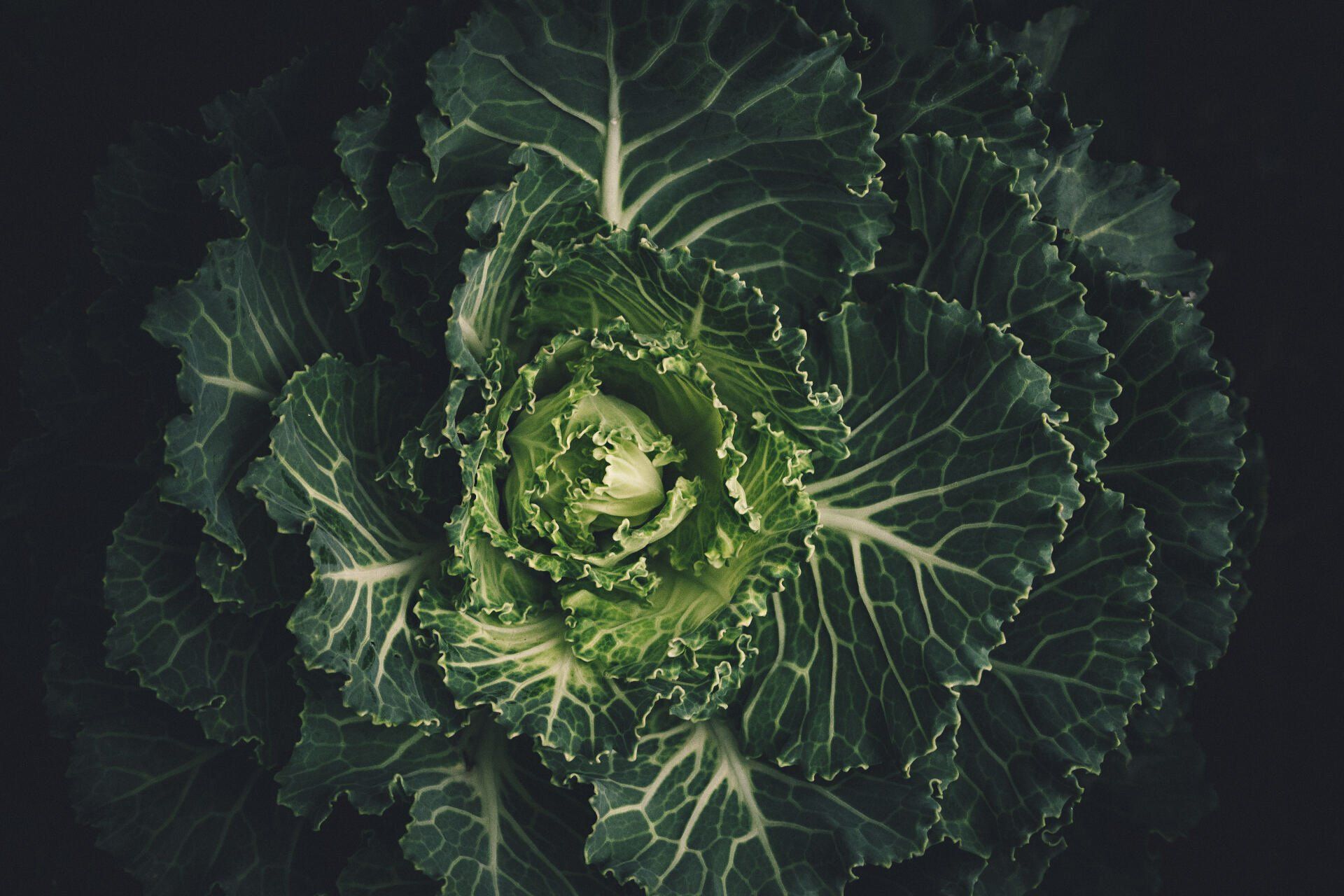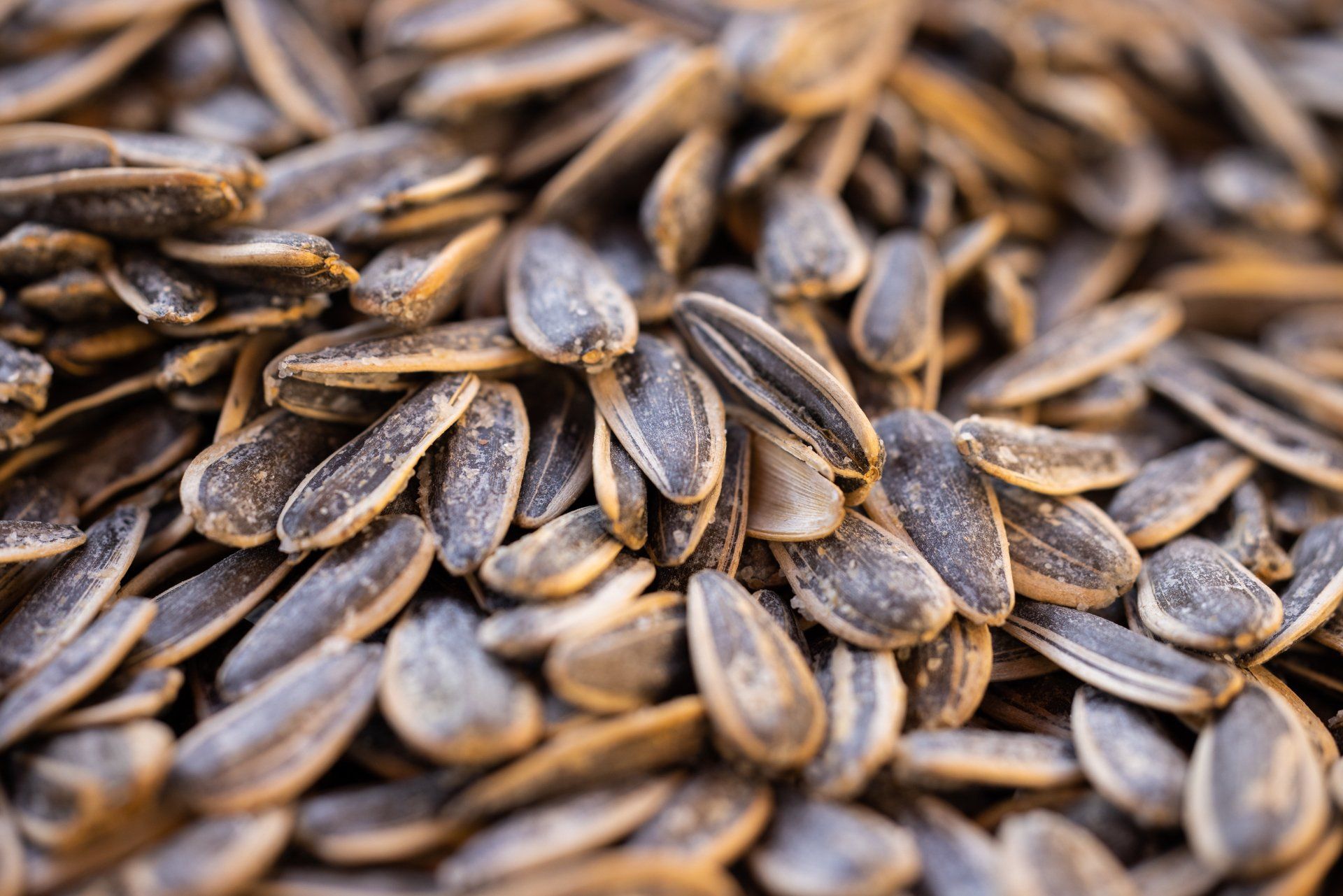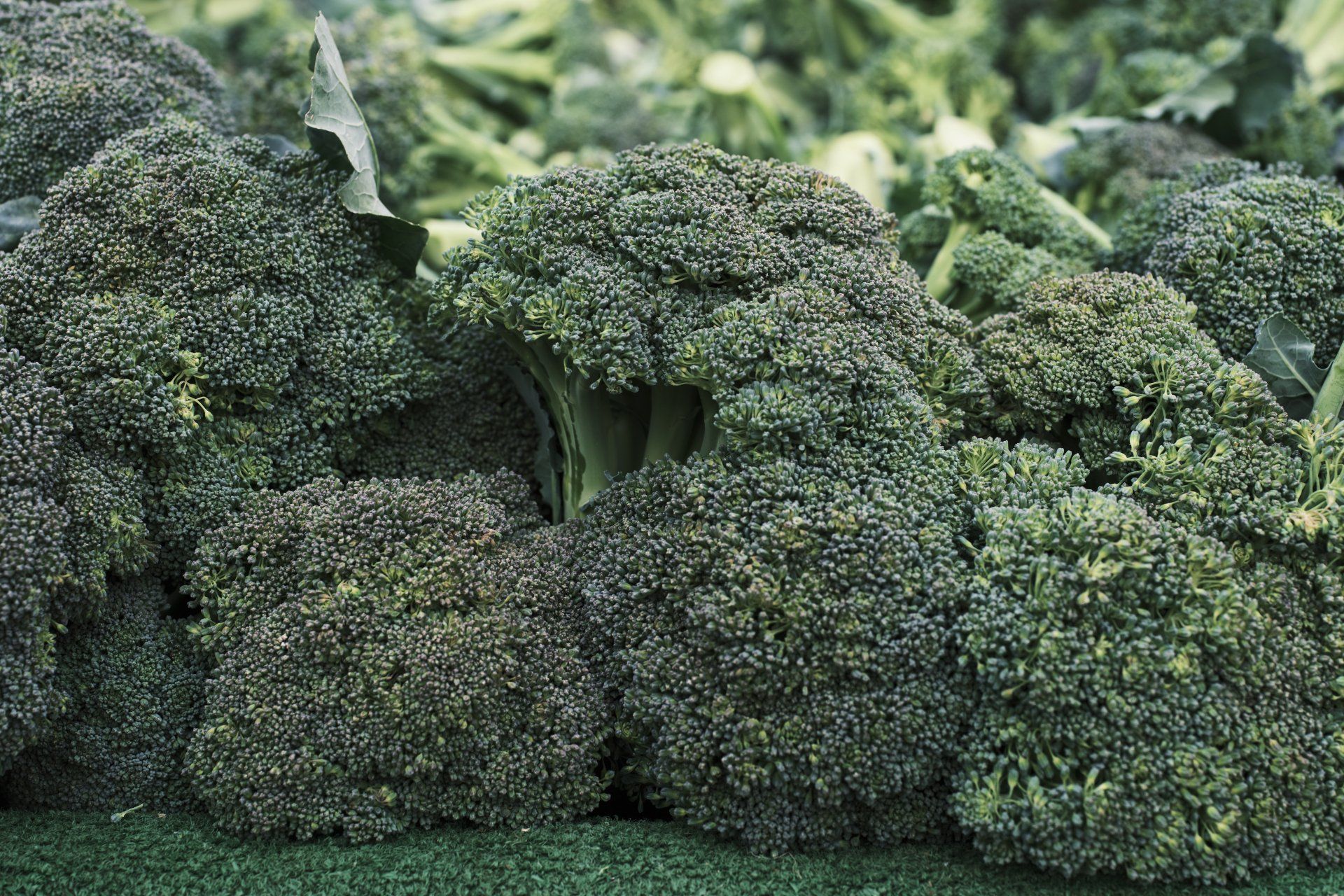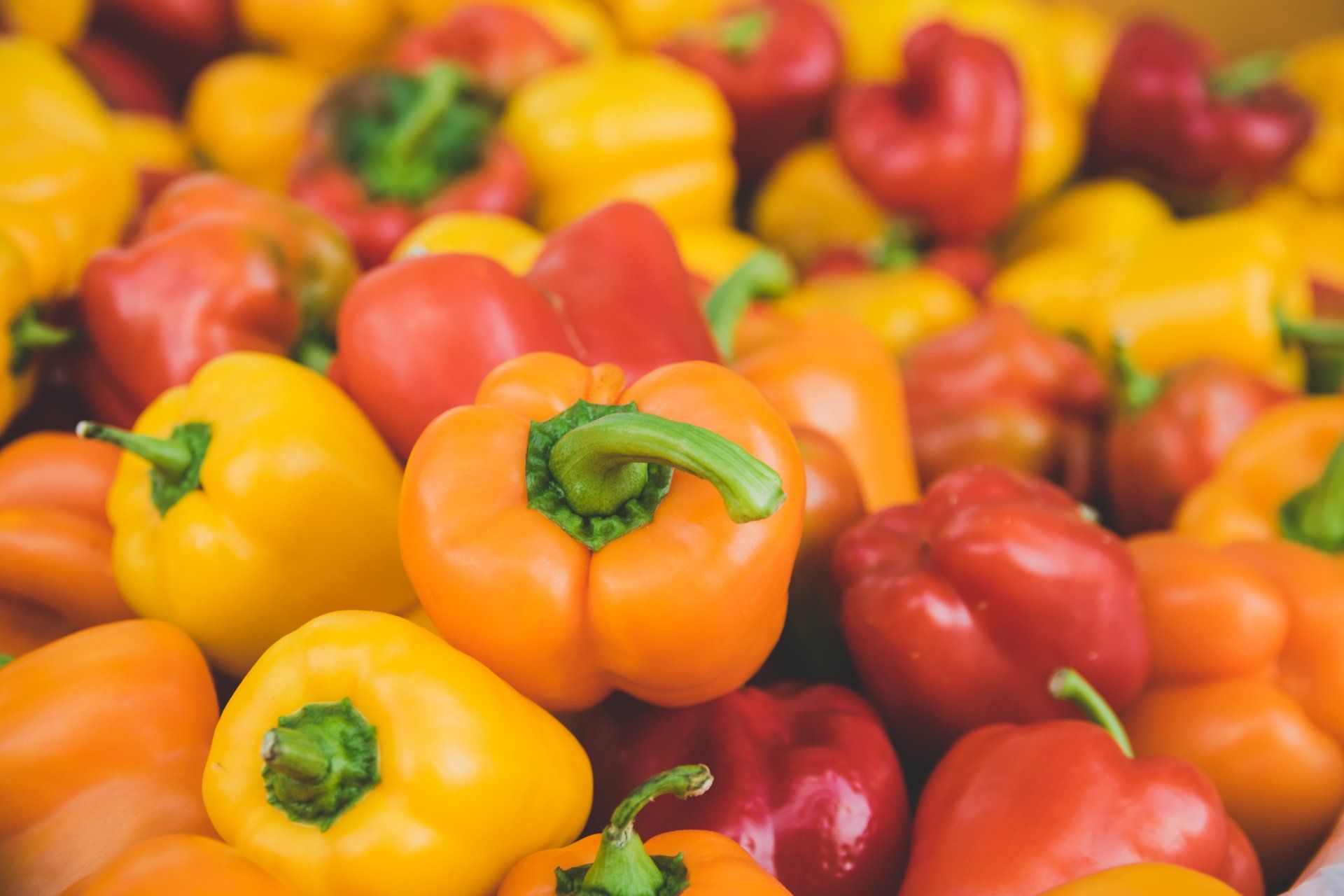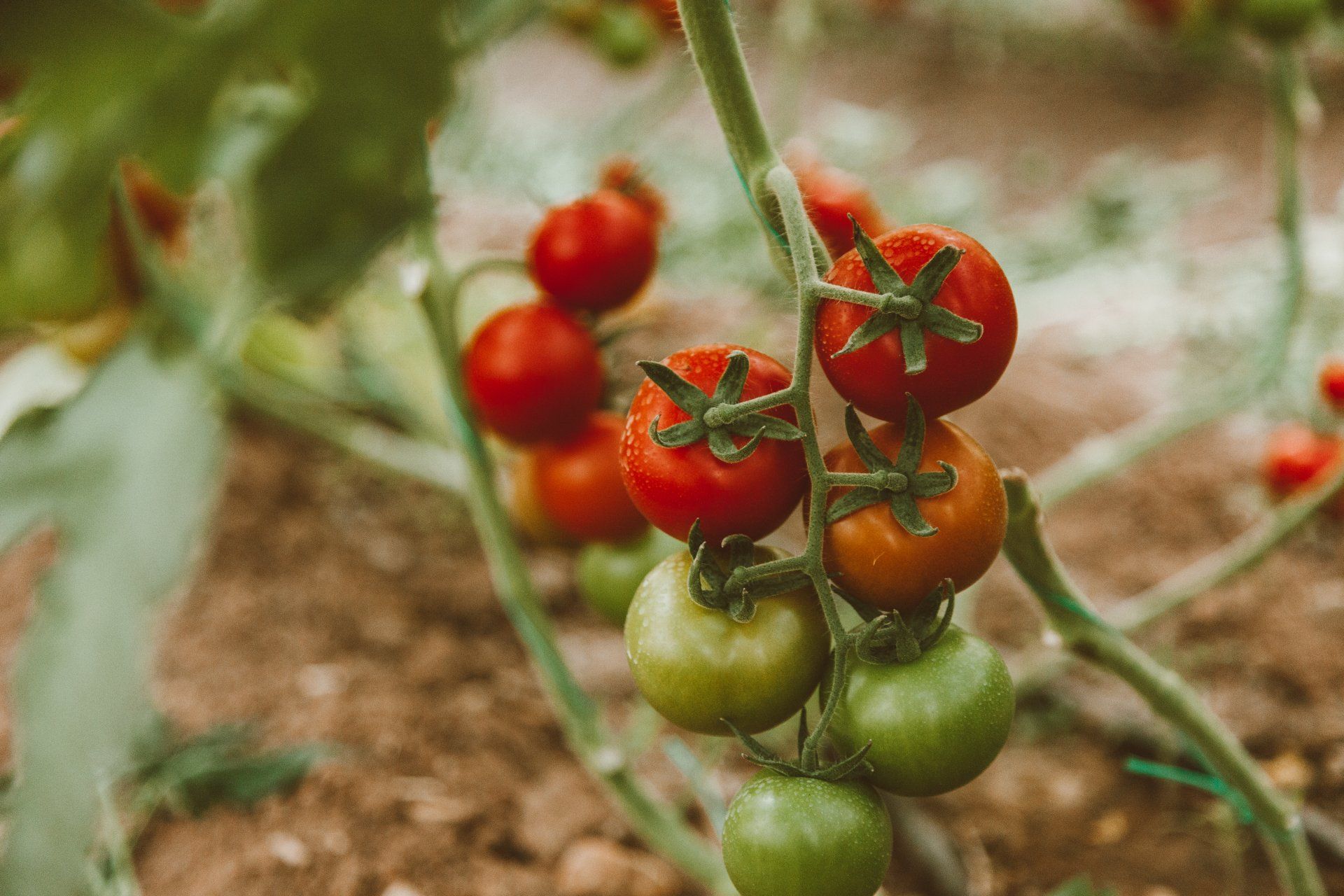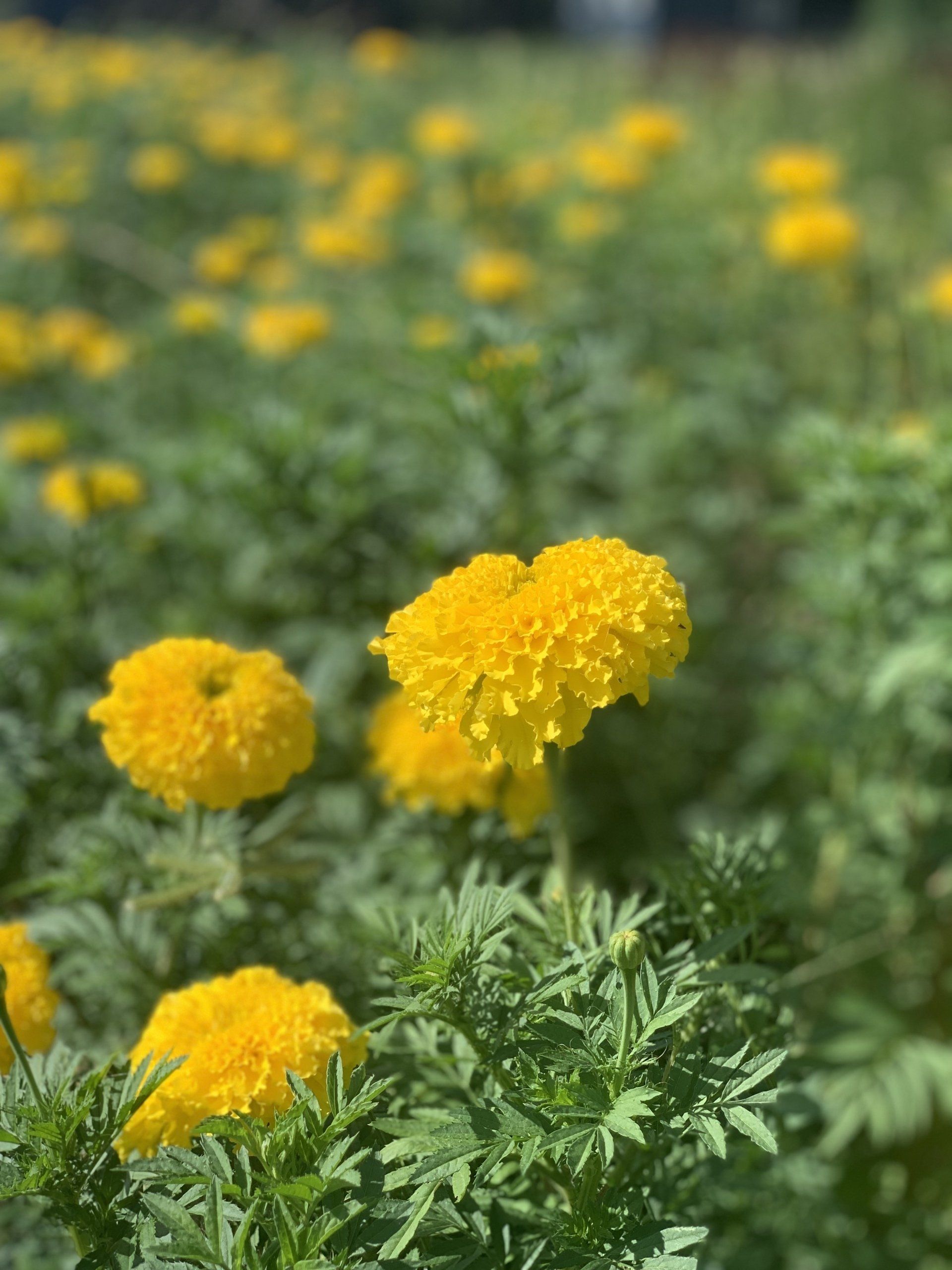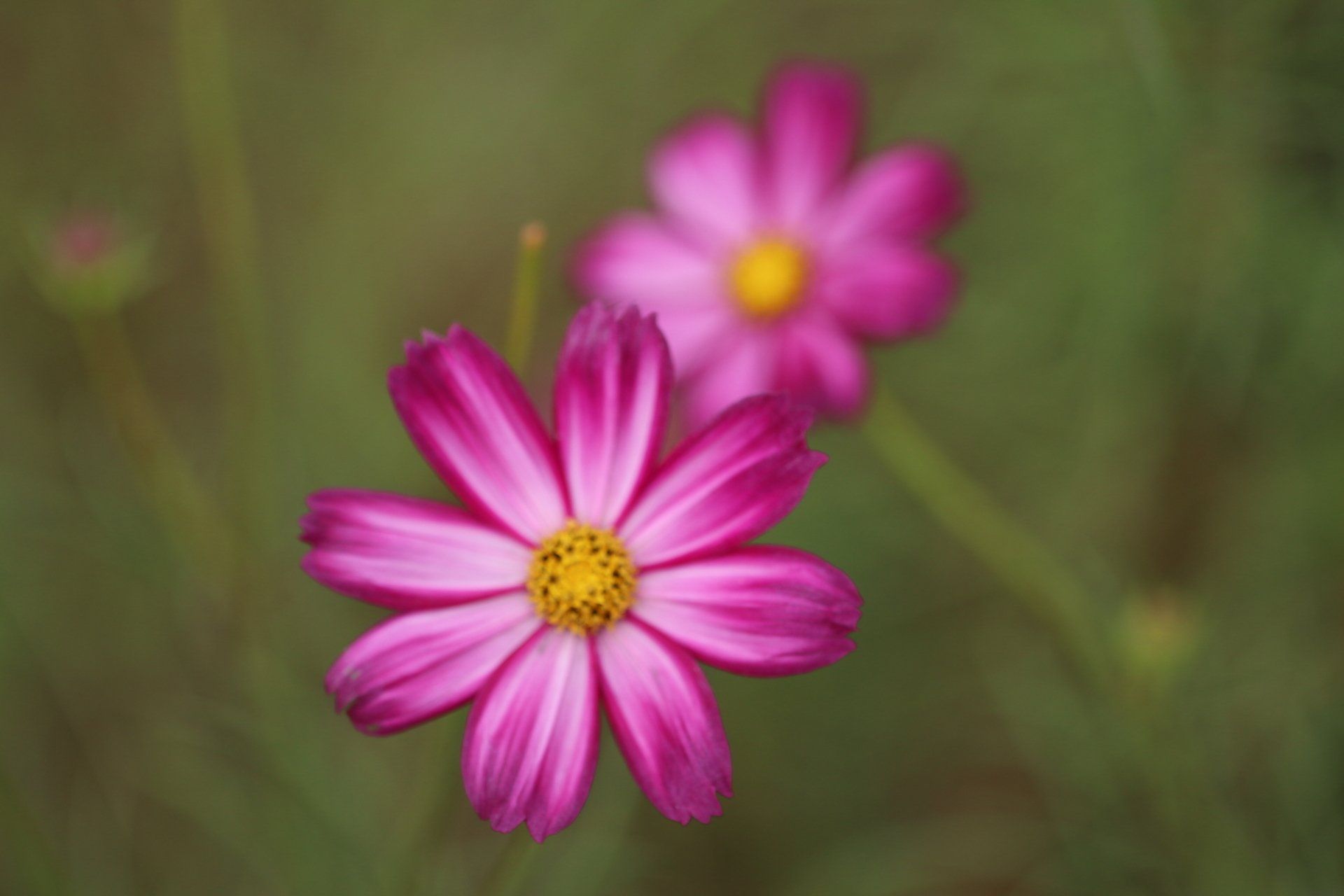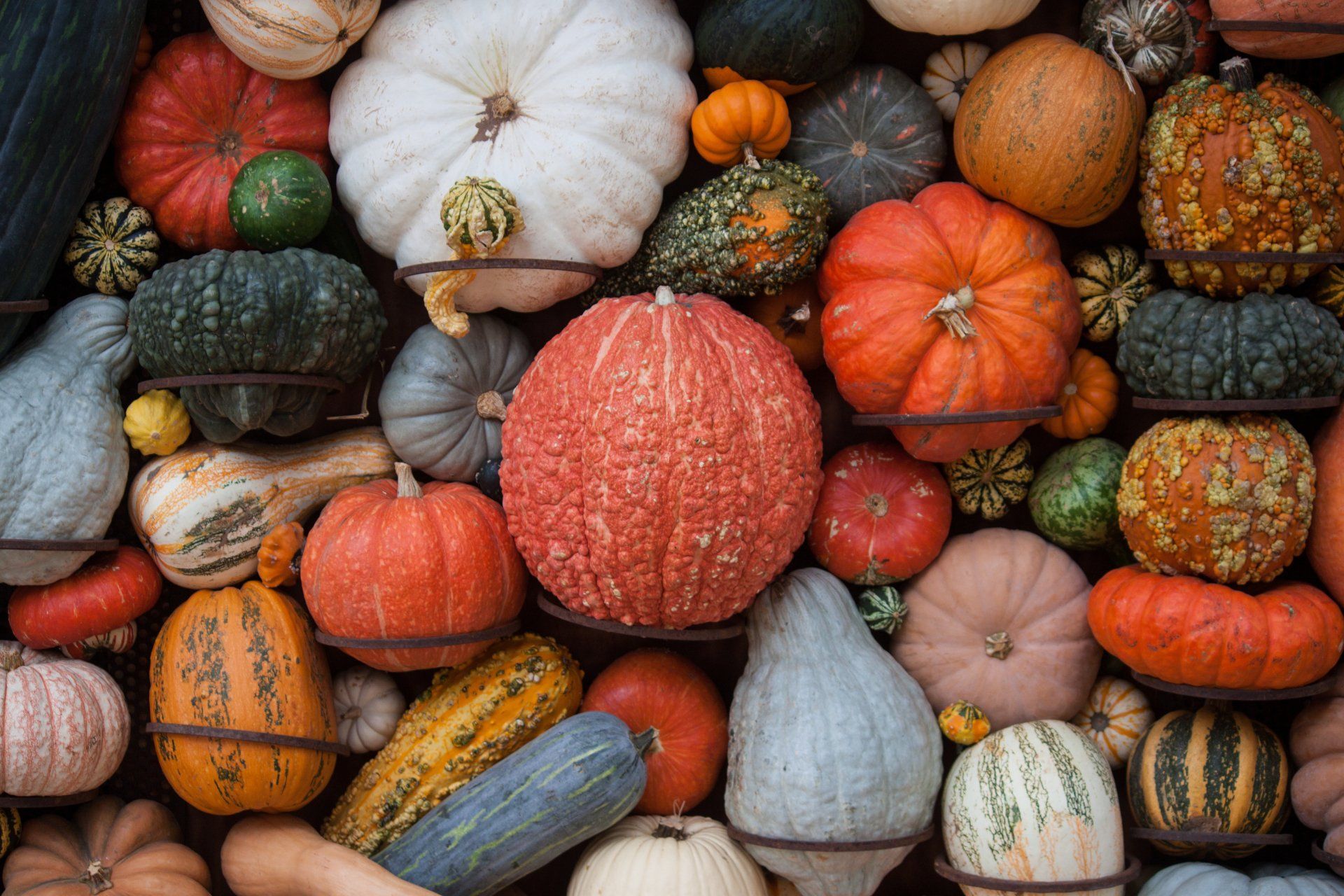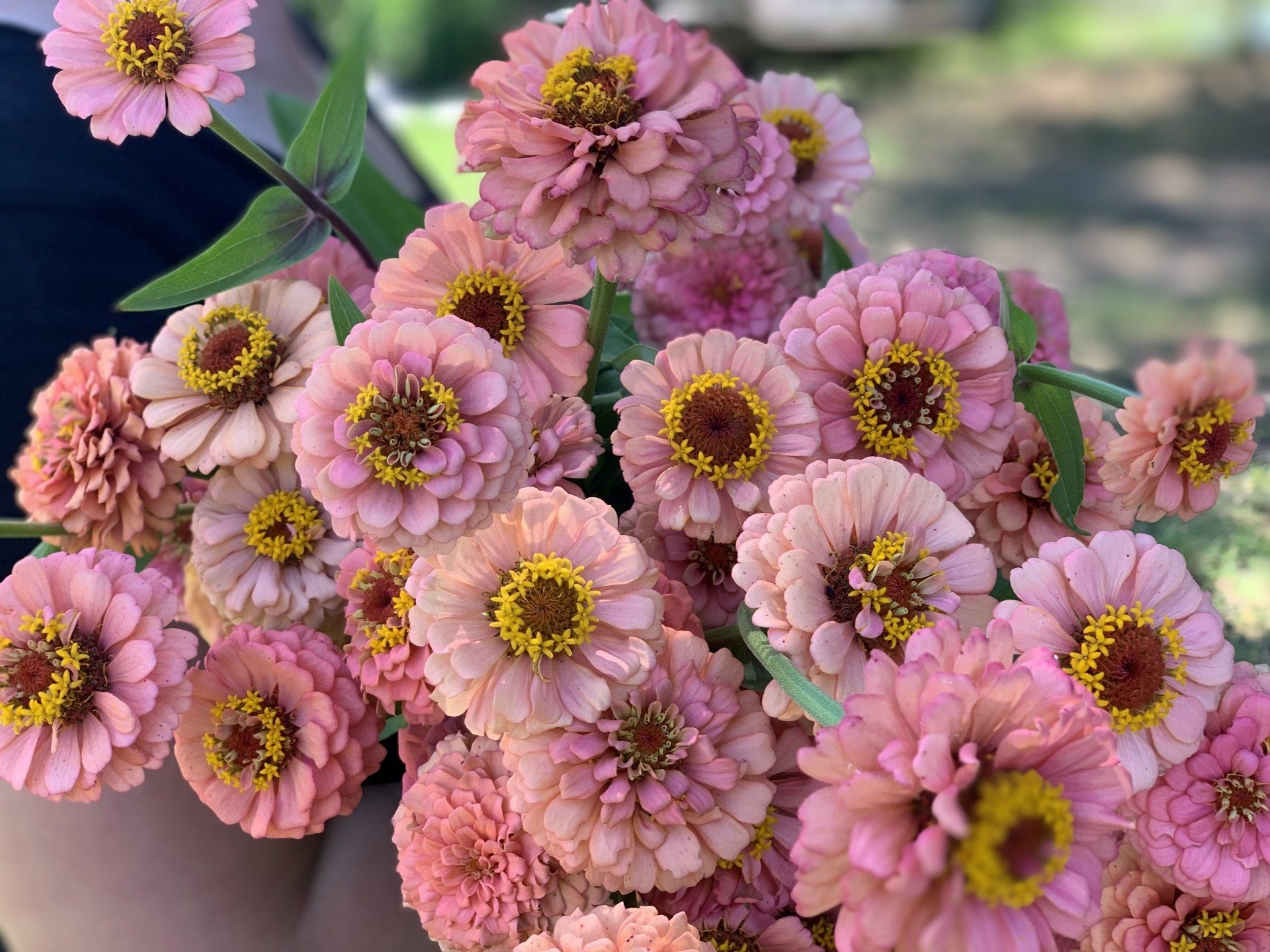Growing Mums!
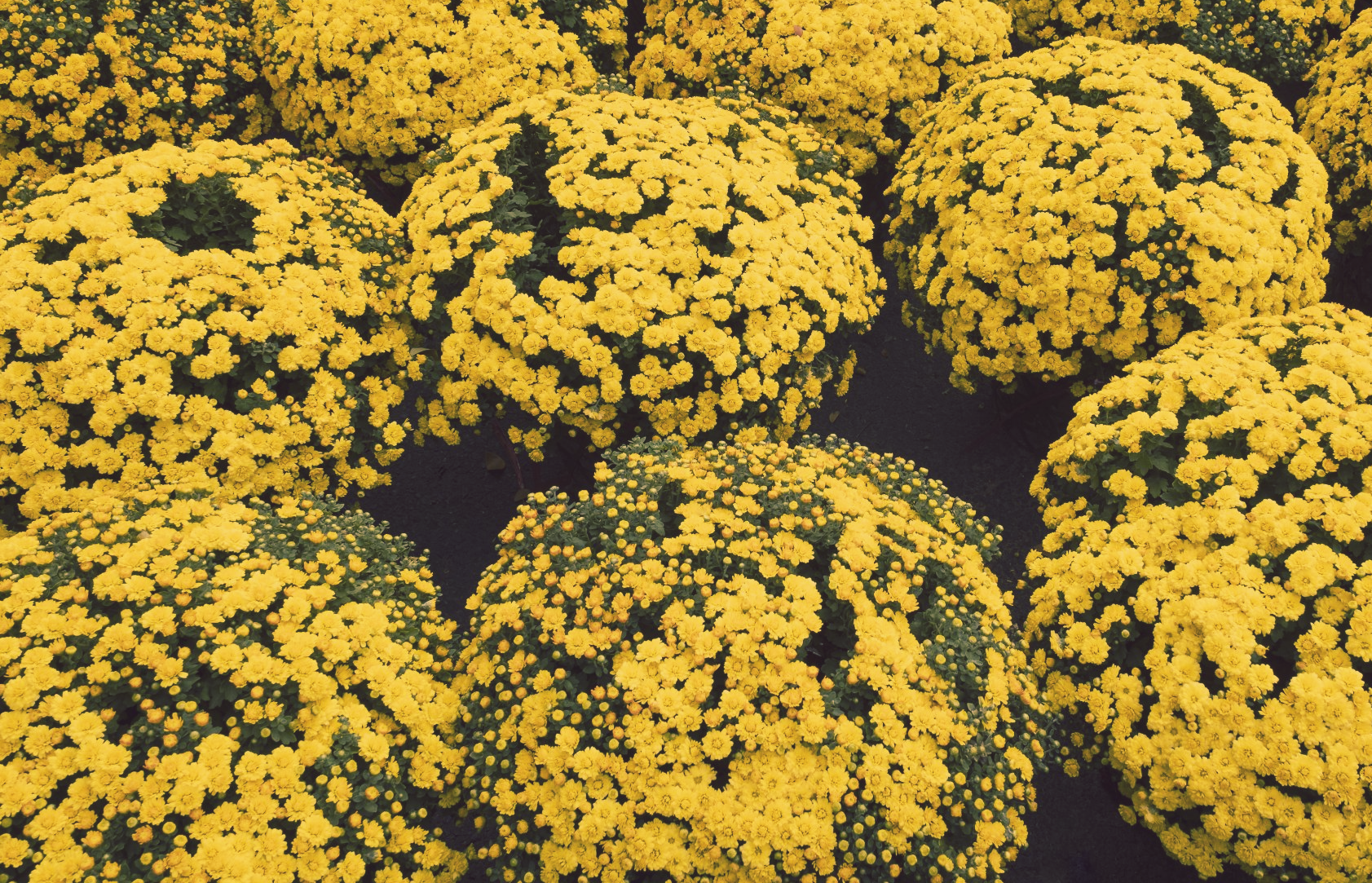
Chrysanthemums or “Mums” are a beautiful seasonal flower here in Texas! Especially in the fall! You can find mums sold at most grocery stores and garden centers in late summer and fall. These mums have been pinched or cut into their sought after rounded shape with lots of blooms and buds covering the plant.
When purchasing a garden mum from a local store or garden center it is important to think about when you want your mums to be blooming. If you are hosting a holiday party very soon and want to show off their blooms, it is okay to purchase a mum that is full of open flowers. However, once the blooms are spent the mum will be done blooming for the rest of the season. To get the longest life out of your chrysanthemum, select a plant that has unopened buds or a mix of semi-open and closed buds. This will help you enjoy your plant longer, giving you an average of 4-6 weeks of bloom time.

There are many different cultivars of chrysanthemums that have unique bloom types such as, single, decorative, pompon, anemone, standard, spoon, and spider. They all come in a wide range of colors and hues. The chrysanthemum varieties you can find at stores are typically garden or dwarf varieties used for landscaping. There are also cut flower varieties, such as hybrid and heirloom mums that have been bred for their unique colors, forms, and long vase life. Heirloom mums are very unique and can be hard to find, making them a novelty in the cut flower and gardening world.
Most mums are grown from cuttings. This type of propagation is done by cutting a piece of a stem of the variety you wish to duplicate and place it in potting soil to promote root growth, and after love and care will eventually grow into a thriving plant. Chrysanthemums like well draining soil and require full sun. They can be planted into containers, in your landscape, or garden. If you are planting your mums in the ground, they should be planted at least 18”-24” apart. Plant your mums at the same depth as the pot they grew in. Be sure to water them immediately after planting whether in pots or in the ground.
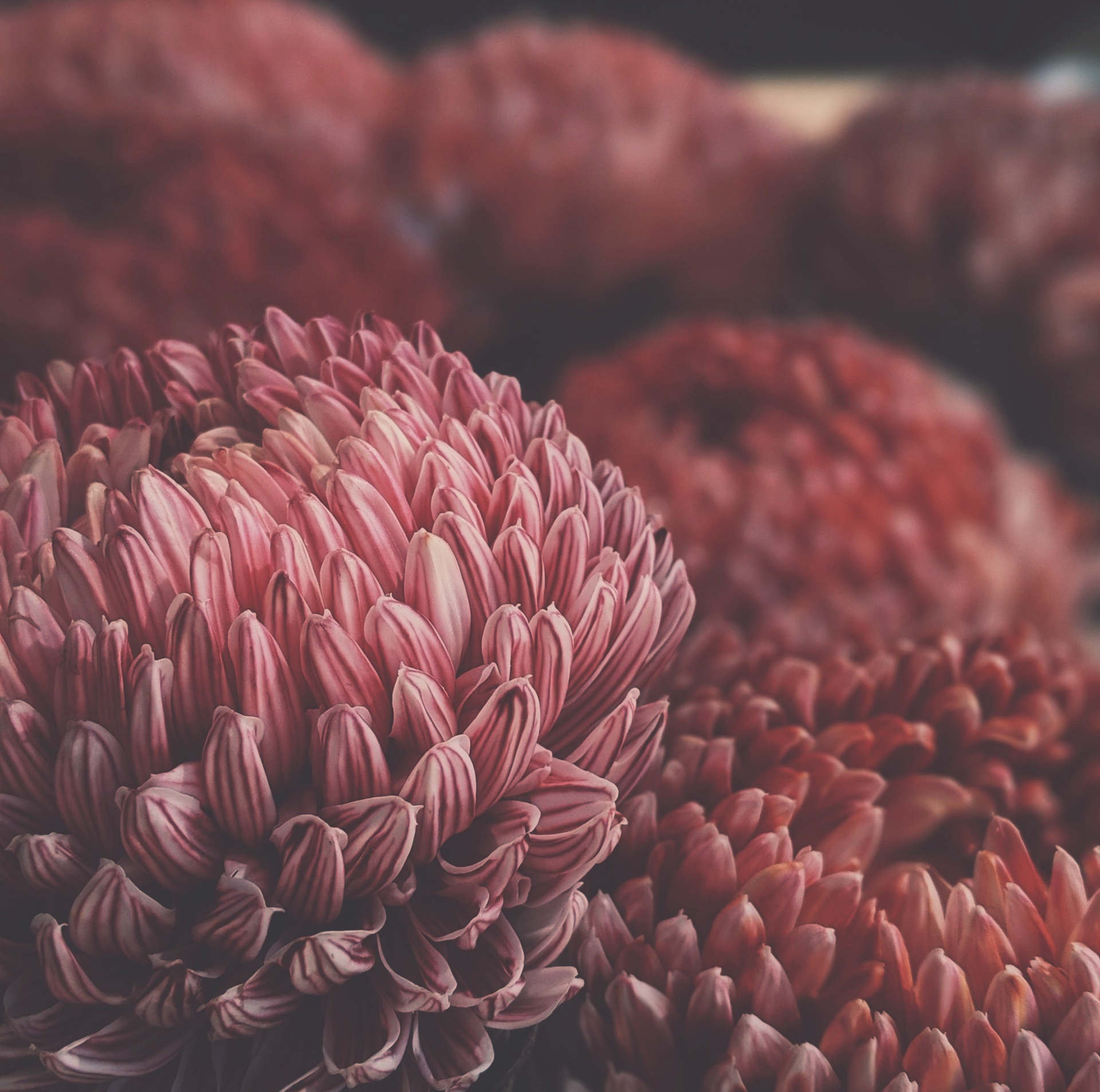
Chrysanthemums do not like to dry out and will quickly wilt if they are without water for too long. When watering, avoid getting the foliage of the plant wet by watering at the base of the plant. This will avoid damaging any blooms and stems, while also helping prevent diseases. After the first frost you may trim back the dead branches. Mums are often seen as annuals, but most varieties will die back in the winter and come back as perennials from its roots as temperatures warm in the spring and summer.
Most mums naturally bloom in the early summer time if they are not pinched or cut back. June to July is the best time to pinch back your mums to about 6”- 8” so they will bloom again in the fall. Pinching your mums on or around The 4th of July is a common way to remember when to cut them back. Pinching is when you either pinch with your hands or cut growth off your plant to promote branching behavior or new growth.
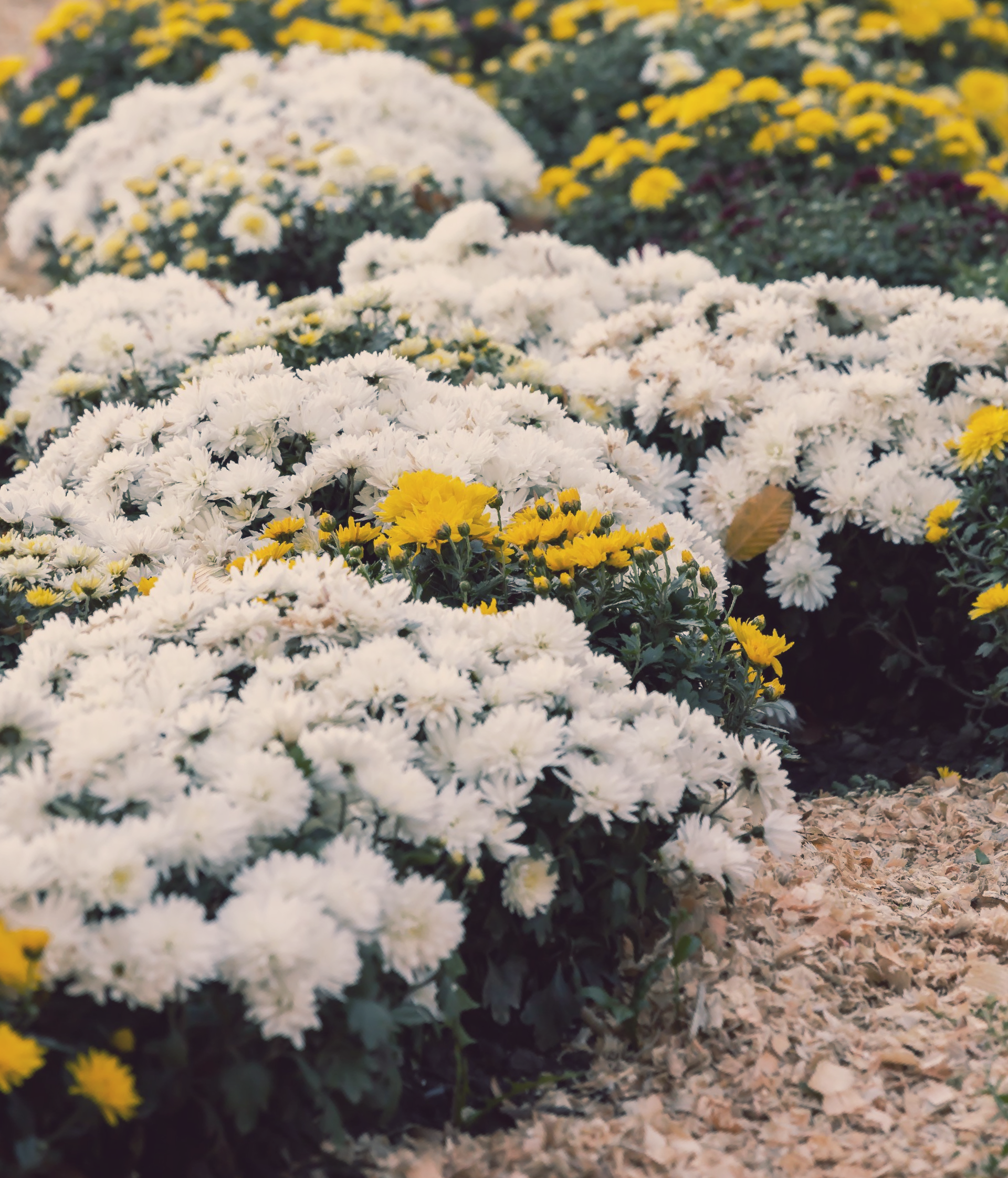
Chrysanthemums are a wonderful addition to your garden or even your front porch. As you take care of your mums you will come to enjoy them year after year! Whether used as fall decoration, a pop of color for your garden, or cut flowers in a vase you can’t go wrong!
Happy Gardening!
